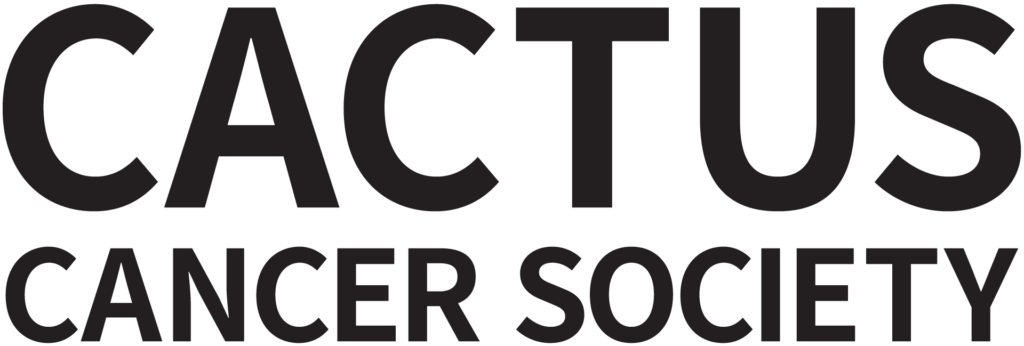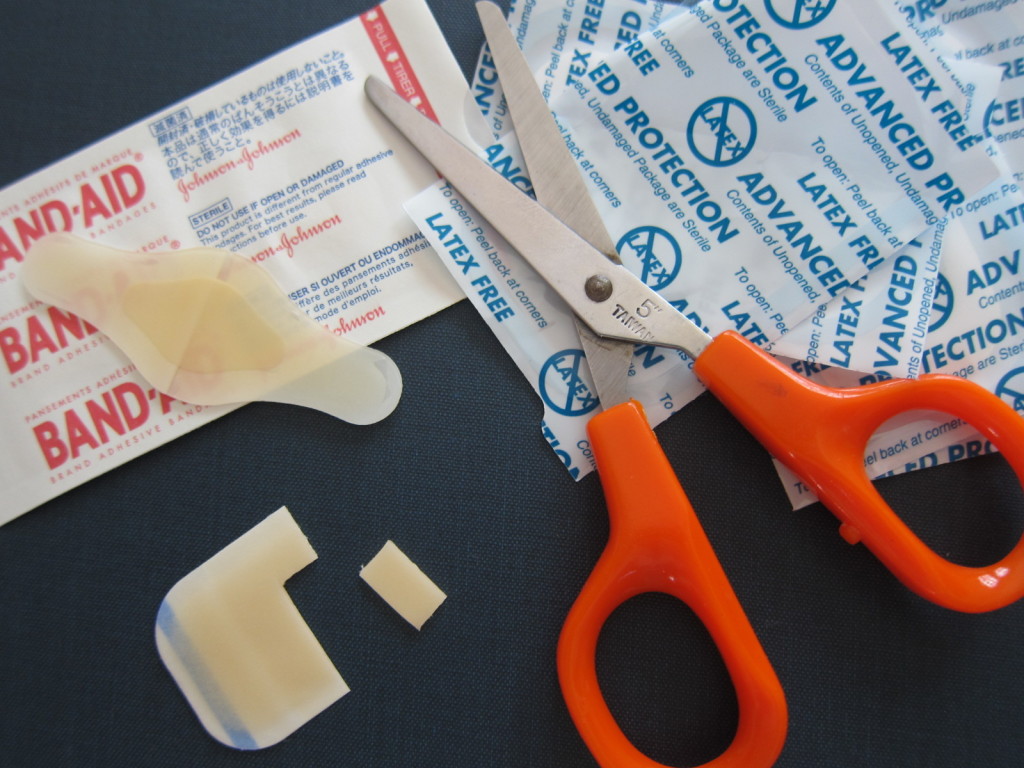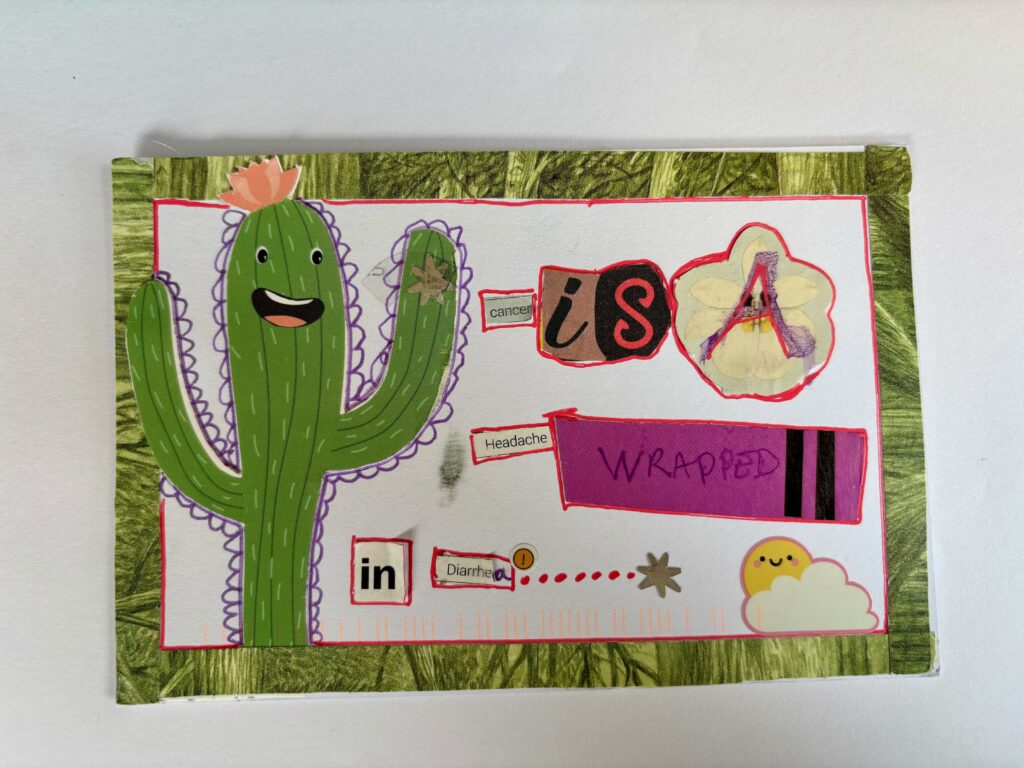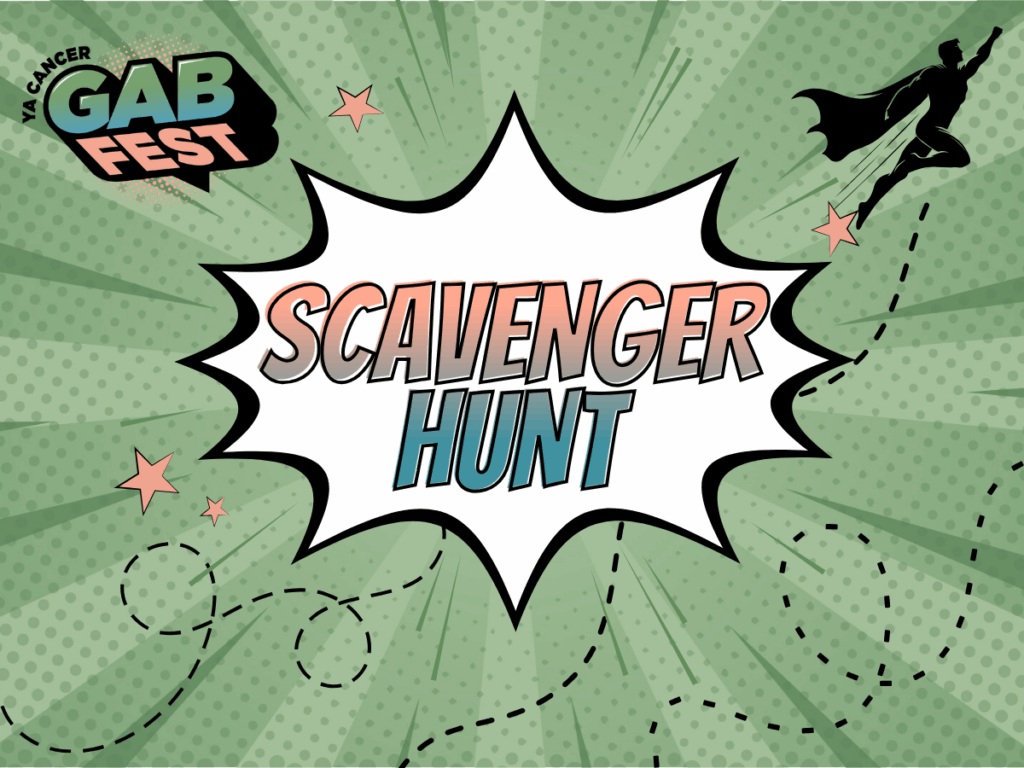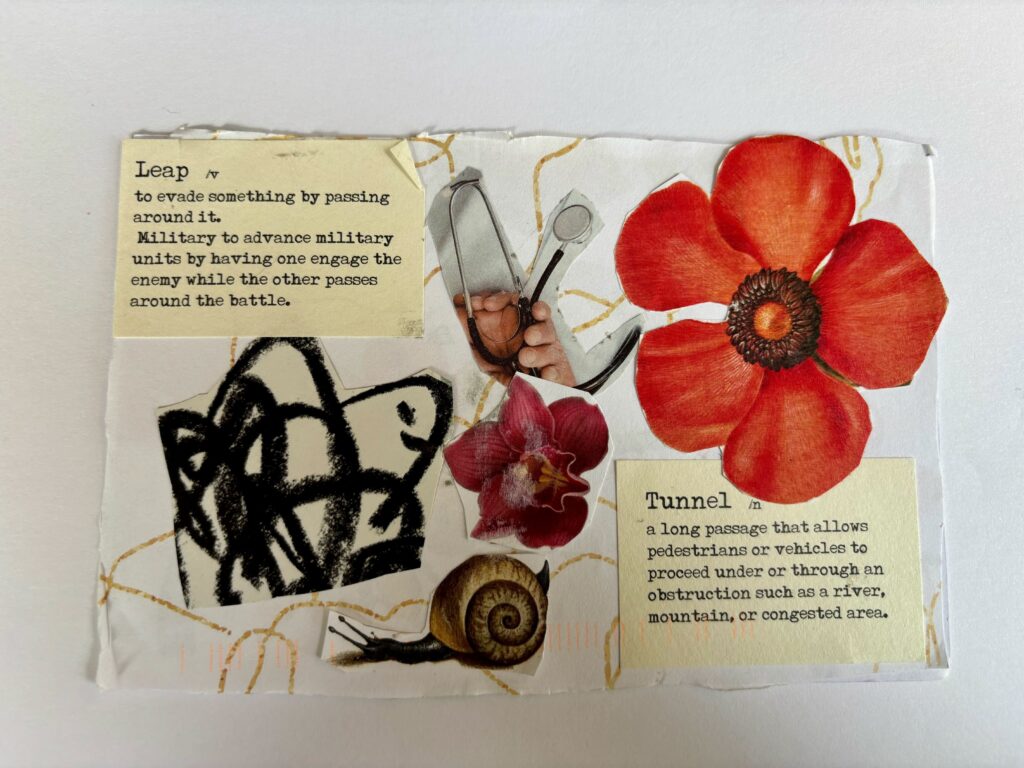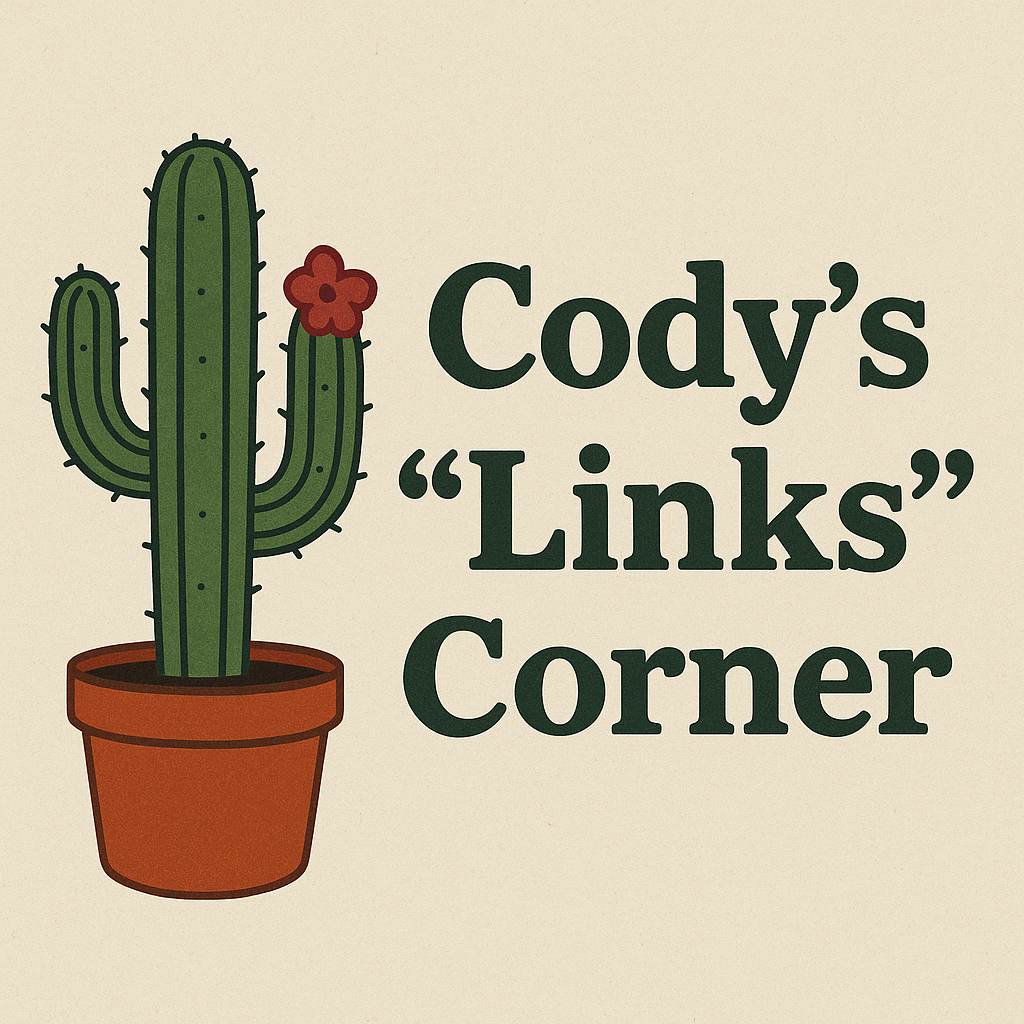Hydrocolloid bandages may be my favorite non-prescription medical supply. They are basically bandaids* on steroids. Normal adhesive bandages have some kind of fabric pad stuck to a larger strip of adhesive tape. Hydrocolloid bandages are a uniform, soft, thick, adhesive polymer and protein matrix, but I don’t really care what they are made of, I care how they work: like magic.
These bandages can be cut to size (even for very small areas, like 1 square centimeter). They are latex-free (yes!). They keep the wound fully covered, keep edges in place, and keep things moist but not wet – perfect for speeding up healing. You can leave them on in the shower. If you use larger pieces they maintain pressure, so they are good for areas which might scar (the pressure can help reduce scarring and soften existing scars); they’re not as good for this as scar treatment bandages, but they do in a pinch. I use them for cuts, scrapes, small wounds, and acne lesions, but they are also good at keeping nasogastric tubes (and presumably other tubes) in place without irritating the skin like a lot of medical tapes do, and they are used to treat bedsores. Don’t use them for very serious, deep wounds, or burns, or anything you wouldn’t use a regular bandaid on.
Most bandage/first-aid brands, including store brands, carry hydrocolloid bandages, in stores they are always in the bandaid section (and are sometimes sold as blister bandages). I always have some on hand.
* “Band-Aid” is a registered trademark; I am using “bandaid” here to refer generically to that kind of adhesive bandage.
** while some links are affiliate, all ideas and opinions are those of the author

